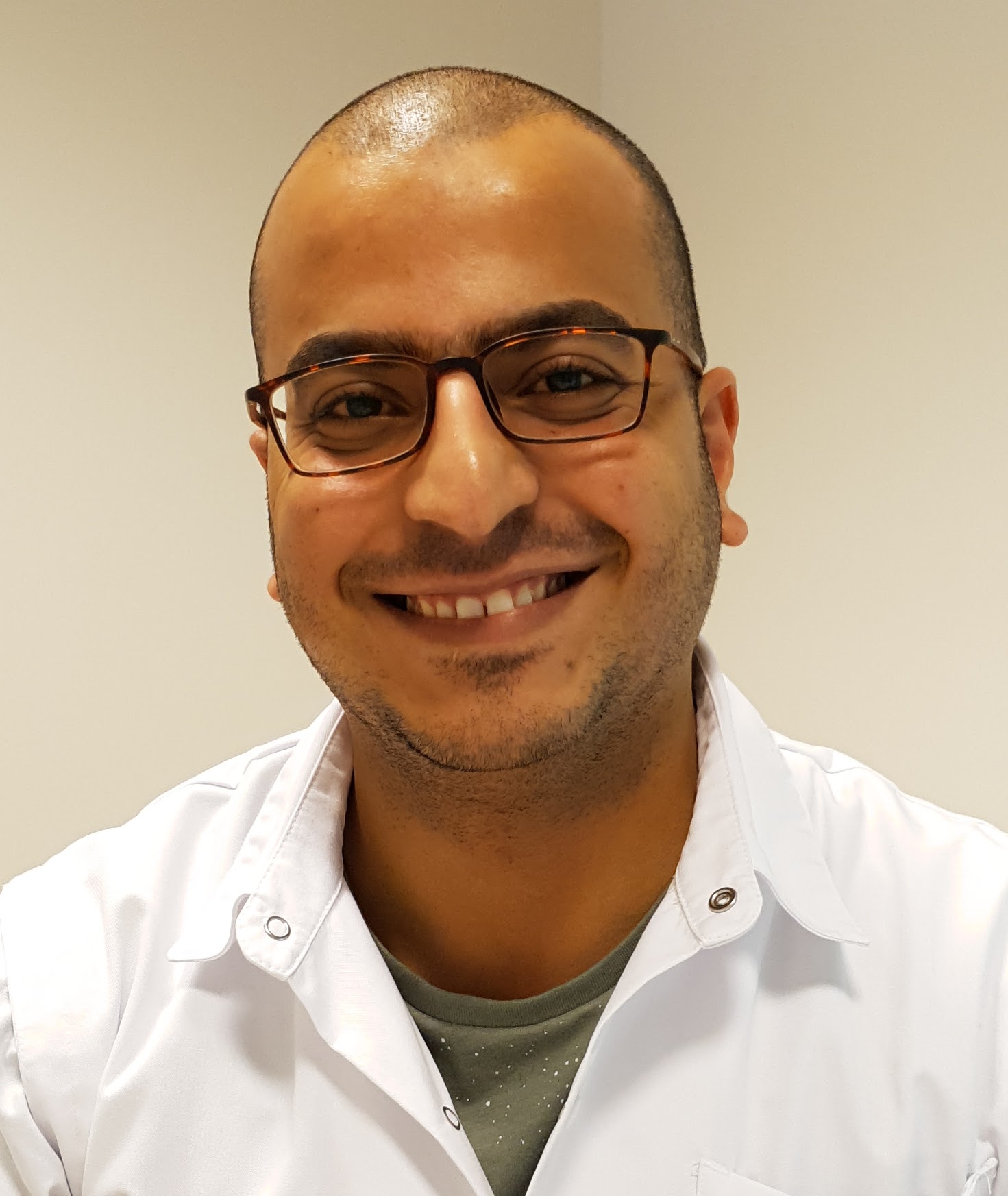Y-ECCO Literature Review: Dahham Alsoud
Dahham Alsoud
A disease-associated gene desert directs macrophage inflammation through ETS2
Stankey CT, Bourges C, Haag LM et al.
Nature 2024;630:447–56.
|
|
Introduction
Genome‐wide association studies (GWAS) have identified several susceptibility loci believed to predispose individuals to Inflammatory Bowel Disease (IBD) [1]. However, to translate the discovery of these risk loci into meaningful improvements in disease management or prevention, it is vital to understand how risk variants impact upon disease development and inflammatory processes [2]. In this regard, a non-coding risk locus on chromosome 21q22 had previously been linked to multiple immune-mediated inflammatory diseases, including IBD, primary sclerosing cholangitis (PSC), axial spondyloarthropathy and Takayasu’s arteritis; however, no causal gene was identified [3–6]. Stankey and colleagues sought to use functional genomics to identify the causal gene and investigate its role at cellular and metabolic levels, with the goal of revealing potential therapeutic targets.
Methods and key findings
To investigate the role of ETS2 in human macrophages, the authors used CRISPR-Cas9 technology to knock out ETS2 in primary human macrophages. These experiments demonstrated that ETS2 is required for macrophages to produce inflammatory cytokines, generate reactive oxygen species and perform phagocytosis, all of which contribute to tissue damage in inflammatory diseases. Conversely, overexpressing ETS2 in macrophages activated these same inflammatory pathways in a dose-dependent manner, confirming that ETS2 is both necessary and sufficient for driving inflammatory responses in human macrophages.
The researchers discovered that this non-coding region contains a monocyte/macrophage-specific enhancer that regulates gene expression related to inflammation. Additionally, they found that the risk haplotype correlated with higher expression of the ETS2 gene. Further functional experiments identified the disease-associated variant as rs2836882, which upregulated ETS2 enhancer activity by promoting the binding of the transcription factor PU.1.
To confirm the pathogenic role of ETS2 in IBD, Stankey and colleagues compared the effects of overexpressing ETS2 in resting macrophages with transcriptional signatures from intestinal macrophages in Crohn’s Disease. They found that ETS2 overexpression closely mimicked the disease-associated transcriptional state, including the activation of several therapeutic targets, such as TNF. Furthermore, genetic variants linked to IBD were significantly enriched in the macrophage ETS2 pathway, compared to other IBD-related pathways. A similar enrichment of risk variants in the ETS2 pathway was observed for PSC, axial spondyloarthropathy and Takayasu’s arteritis, confirming that ETS2 signalling plays a key role in macrophage-driven inflammation across multiple immune-mediated inflammatory diseases.
Next, the investigators sought to pinpoint the specific inflammatory effects of ETS2. They found that ETS2 creates a metabolic environment that facilitates inflammation, particularly by reprogramming glycolysis and the tricarboxylic acid cycle. Additionally, they discovered that ETS2 interacts with multiple inflammatory genes, including those involved in the production of reactive oxygen species, inflammasome activation and bacterial pattern recognition. These findings suggest that ETS2 is a key regulator of macrophage-driven inflammation, coordinating both metabolic and transcriptional responses.
The study also explored potential therapeutic approaches targeting the ETS2 pathway and identified a drug family that might modulate ETS2 activity. MEK inhibitors, a treatment already in use for some cancer indications, were found to reduce ETS2-driven inflammation in both macrophages and patient biopsy samples.
Discussion
In addition to elucidating the role of ETS2 in macrophage-mediated inflammation and identifying potential new therapeutic strategies for IBD, this study represents a significant conceptual advancement by moving beyond descriptive GWAS and polygenic risk score analyses. Stankey and colleagues employed an integrated approach that combines experimental methodologies with computational tools to address causation and explore gene functions. Such integrative frameworks are essential for understanding the role of genetic variants in disease development, severity and response to treatments. The study also uncovered a potential role for a new class of medications to treat inflammatory diseases such as IBD. However, the long-term use of MEK inhibitors is limited due to their toxicity and side effects. Therefore, an important part of future work will be to investigate how targeted delivery of such molecules to macrophages might potentiate effectiveness and help to minimise side effects and toxicity.
Conclusion
This study uncovered a central pathway, ETS2, which regulates macrophage-driven inflammation and is involved in several immune-mediated inflammatory diseases, including IBD. By identifying the ETS2 pathway as a key regulator, this study not only provided valuable insights into disease mechanisms but also opened up potential therapeutic avenues for targeting ETS2 in the treatment of chronic inflammatory conditions.
References
- Verstockt B, Smith KG, Lee JC. Genome-wide association studies in Crohn's disease: Past, present and future. Clin Transl Immunol 2018;7:e1001.
- Smillie CS, Biton M, Ordovas-Montanes J, et al. Intra- and inter-cellular rewiring of the human colon during ulcerative colitis. Cell 2019;178:714–30.e722.
- de Lange KM, Mountsianas L, Lee JC, et al. Genome-wide association study implicates immune activation of multiple integrin genes in inflammatory bowel disease. Nat Genet 2017;49:256–61.
- Ji SG, Juran BD, Mucha S, et al. Genome-wide association study of primary sclerosing cholangitis identifies new risk loci and quantifies the genetic relationship with inflammatory bowel disease. Nat Genet 2017;49:269–73.
- International Genetics of Ankylosing Spondylitis Consortium; Cortes A, Hadler J, et al. Identification of multiple risk variants for ankylosing spondylitis through high-density genotyping of immune-related loci. Nat Genet 2013;45:730–38.
- Ortiz-Fernandez L, Saruhan-Direskeneli G, Alibaz-Oner F, et al. Identification of susceptibility loci for Takayasu arteritis through a large multi-ancestral genome-wide association study. Am J Hum Genet 2021;108:84–99.
Profile
Dahham Alsoud is a PhD researcher at the Catholic University of Leuven, Belgium. His research focuses on understanding therapeutic outcomes in IBD using clinical data, proteomics and transcriptomics.



